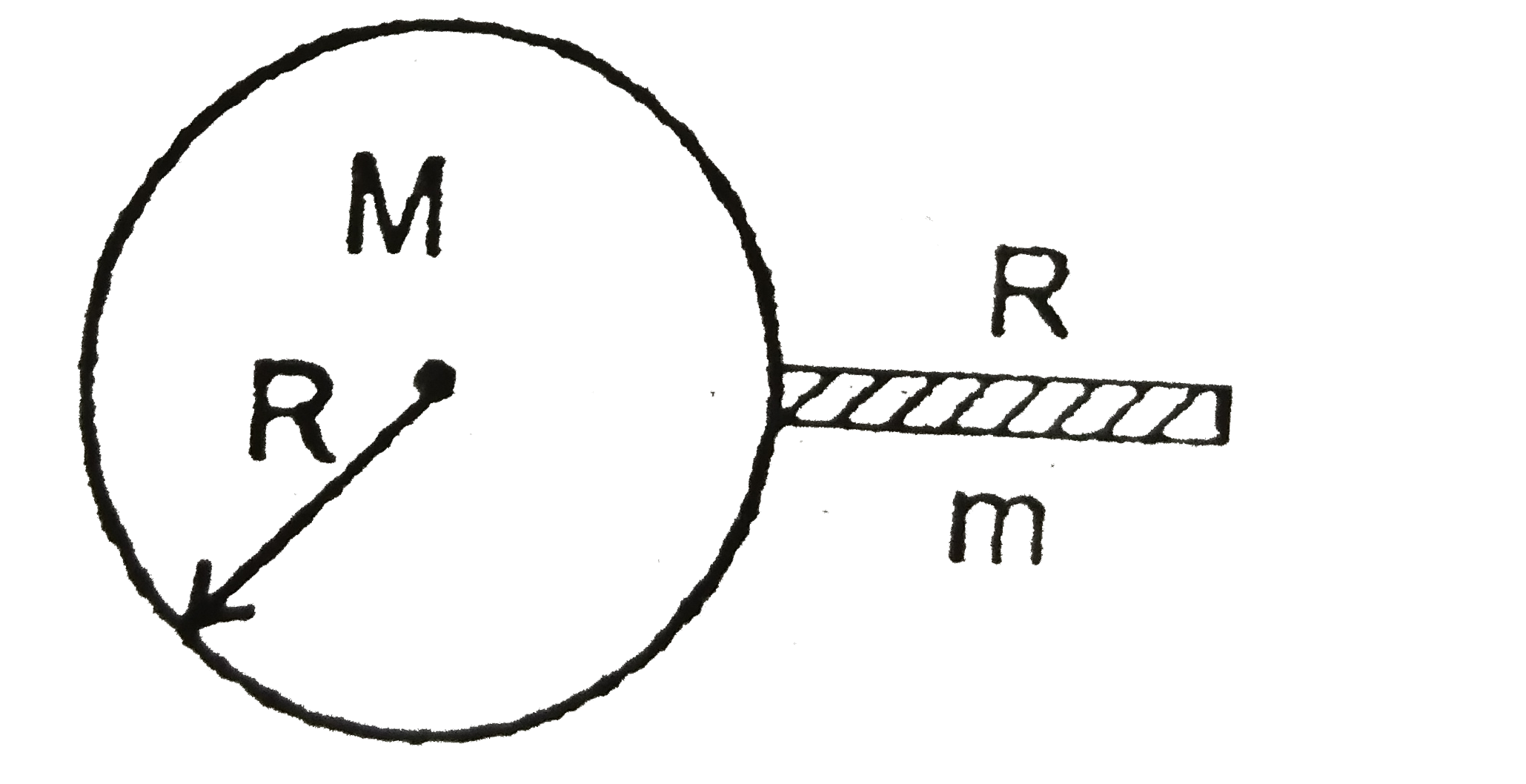If the mass of Mars is 0.107 ME and its radius is 0.53 RE, estimate the gravitational field g at the surface of Mars.
The correct Answer is:3.13m/s2
To estimate the gravitational field g at the surface of Mars, we can use the formula for gravitational field strength:
g=G⋅MR2
where:
- G is the universal gravitational constant,
- M is the mass of the planet,
- R is the radius of the planet.
Given:
- The mass of Mars MMars=0.107⋅ME (where ME is the mass of Earth),
- The radius of Mars RMars=0.53⋅RE (where RE is the radius of Earth).
Step 1: Substitute the values into the formula
We can express the gravitational field gMars at the surface of Mars as:
gMars=G⋅(0.107⋅ME)(0.53⋅RE)2
Step 2: Simplify the equation
Now, we simplify the denominator:
(0.53⋅RE)2=0.532⋅R2E=0.2809⋅R2E
Thus, we can rewrite the equation for gMars:
gMars=G⋅(0.107⋅ME)0.2809⋅R2E
Step 3: Relate it to Earth's gravitational field
We know that the gravitational field at the surface of Earth is given by:
gE=G⋅MER2E
We can express gMars in terms of gE:
gMars=0.107⋅G⋅ME0.2809⋅R2E=0.1070.2809⋅gE
Step 4: Calculate the value
Substituting gE≈9.8m/s2:
gMars=0.1070.2809⋅9.8
Calculating 0.1070.2809:
0.1070.2809≈0.381
Now, substituting this back:
gMars≈0.381⋅9.8≈3.73m/s2
Final Answer
Thus, the gravitational field g at the surface of Mars is approximately:
gMars≈3.73m/s2
---
- G is the universal gravitational constant,
- M is the mass of the planet,
- R is the radius of the planet.
- The mass of Mars MMars=0.107⋅ME (where ME is the mass of Earth),
- The radius of Mars RMars=0.53⋅RE (where RE is the radius of Earth).
Topper's Solved these Questions
- BOOK - ICSECHAPTER - GRAVITATIONEXERCISE - SELECTED PROBLEMS[FROM VARIATION OF G WITH ALTITUDE, LATITUDE, DEPTH]14videos
GRAVITATION
- BOOK - ICSECHAPTER - GRAVITATIONEXERCISE - SELECTED PROBLEMS[FROM INTENSITY OF GRAVITATIONAL FIELD AND GRAVITATIONAL POTENTIAL]7videos
GRAVITATION
- BOOK - ICSECHAPTER - GRAVITATIONEXERCISE - SELECTED PROBLEMS[FROM NEWTON.S LAW OF GRAVITATION]4videos
GRAVITATION
- BOOK - ICSECHAPTER - FRICTIONEXERCISE - Selected problems30videos
FRICTION
- BOOK - ICSECHAPTER - INTERNAL ENERGY EXERCISE - SELECTED PROBLEMS (FROM HEAT ENGINES)21videos
INTERNAL ENERGY
Similar Questions
A uniform thin rod of mass m and length R is placed normally on surface of earth as shown. The mass of earth is M and its radius R. Then the magnitude of gravitational force exerted by earth on the rod is
 View Solution
View SolutionAssuming the mass of Earth to be ten times the mass of Mars, its radius to be twice the radius of Mars and the acceleration due to gravity on the surface of Earth is 10m/s2 . Then the accelration due to gravity on the surface of Mars is given by
View Solution
Knowledge Check
- Question 1 - Select One
If M is the mass of the earth and R its radius, then ratio of the gravitational acceleration and the gravitational constant is
AR2EMEBMER2ECMER2EDMERE - Question 2 - Select One
A particle of mass m is placed at the centre of a unifrom spherical shell of mass 3 m and radius R The gravitational potential on the surface of the shell is .
AGMRB−GMRC−4GMRD−2GMR
If M is the mass of the earth and R its radius, the radio of the gravitational acceleration and the gravitational constant is
View SolutionThe mass of Mars is (1/9)times that of the earth and its radius is (1/2) that of the earth. What is the weight of a body having a mass of 100kg on the surface of the earth?
View SolutionAssuming the earth to be a homogeneous sphere of radius R, its density in terms of G (constant of gravitation) and g (acceleration due to gravity on the surface of the earth)
View SolutionA body of mass m is placed at the centre of the spherical shell of radius R and mass M. The gravitation potential on the surface of the shell is
View SolutionA sphere of mass M rolls without slipping on rough surface with centre of mass has constant speed v0. If mass of the sphere is m and its radius be R, then the angular momentum of the sphere about the point of contact is.
View SolutionIf M be the mass of the earth, R its radius (assumed spherical) and G gravitational constant, then the amount of work that must be done on a body of mass m, so that it completely escapes from the gravity of the earth of the earth is given by
View Solution

